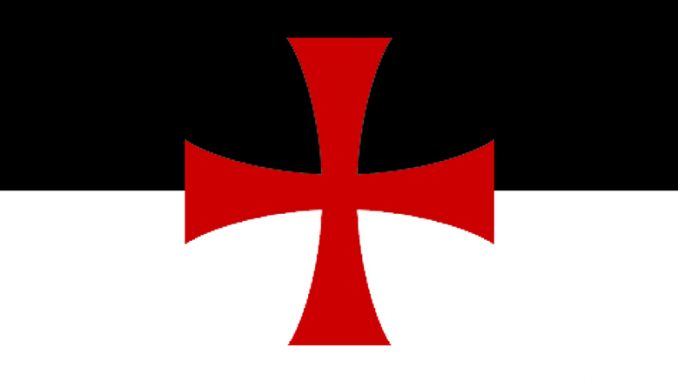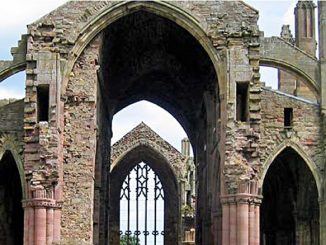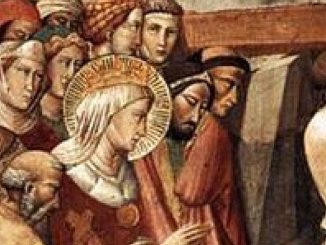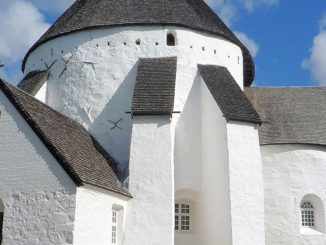
Publisher’s Note: Many of the writings of early Masonic historians took considerable liberties with Templar History, connecting their lineage to the Freemasons. As such, we present this information on the Beauseant as a record of what was considered historic in the past. The reader should take some caution as to the authenticity.
by Albert Mackey
The vexillum belli, or war-banner of the ancient Templars, which is also used by the modem Masonic Order. The upper half of the banner was black, and the lower half white: black, to typify terror to foes, and white, fairness to friends. It bore the pious inscription, Non nobis, Domine, non nobis sed nomini tuo da gloriam. This is the beginning of the first verse of Psalm 115, “Not unto us, O Lord, not unto us, but unto Thy name give glory.”
The Beauseant is frequently, says Barrington in his Introduction to Heraldry (page 121), introduced among the decorations in the Temple Church, and on one of the paintings on the wall, Henry I is represented with this banner in his hand.
As to the derivation of the word, there is some doubt among writers. Bauseant or bausant was, in old French, a piebald or party-colored horse; and the word bawseant is used in the Scottish dialect with similar reference to two colors. Thus, Burns says:
His honest, sonsie, baws’nt face, where Doctor Currie, in his Glossary of Burns, explans bawsent as meaning “having a white stripe down the face.” It is also supposed by some that the word bauseant may be only a form, in the older language, of the modern French word biens�ant, which signifies something decorous or becoming; but the former derivation is preferable, in which bealmeant would signify simply a party-colored banner.
With regard to the double signification of the white and black banner, the Orientalists have a legend of Alexander the Great, which may be appropriately quoted on the present occasion, as given by Weil in his Biblical Legends ( page 70).
“Alexander was the lord of light and darkness, when he went out with his army the light was before him, and behind him was the darkness, so that he was secure against all ambuscades; and by means of a miraculous white and black standard he had also the power to transform the clearest day into midnight and darkness, or black night into noonday, just as he unfurled the one or the other. Thus he was unconquerable, since he rendered his troops invisible at his pleasure, and came down suddenly upon his foes. Might there not have been some connection between the mythical white and black standard of Alexander and the Beauseant of the Templars? We know that the latter were familiar with Oriental symbolism.”
Beauseant was also the war-cry of the ancient Templars and is pronounced bo-say-ong.
– Source: Mackey’s Encyclopedia of Freemasonry
About Us
TemplarHistory.com was started in the fall of 1997 by Stephen Dafoe, a Canadian author who has written several books on the Templars and related subjects.
Read more from our Templar History Archives – Templar History



